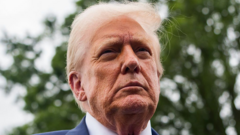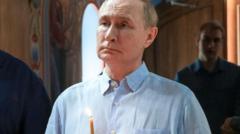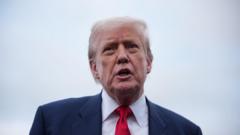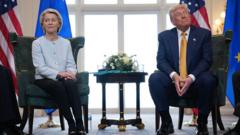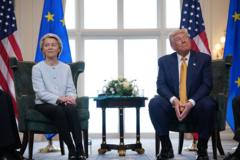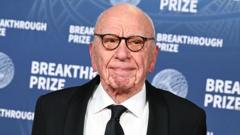The recent executive order signed by President Trump seeks to align U.S. drug prices with those in other countries, a move met with mixed responses from experts and the pharmaceutical industry.
**Trump's Executive Order on Drug Prices: Potential Impacts and Challenges Ahead**

**Trump's Executive Order on Drug Prices: Potential Impacts and Challenges Ahead**
President Trump's latest initiative aims to reduce prescription drug costs in the U.S., but skepticism abounds regarding its efficacy.
In a bold attempt to tackle the high cost of prescription drugs in America, President Donald Trump has signed an executive order that aims to formulate a strategy for reducing these prices. During the announcement, Trump highlighted that patients in other countries pay significantly lower prices for pharmaceuticals, asserting that this initiative would lead to price drops ranging from 30% to 80% in the U.S. However, many analysts and stock market movements suggest skepticism towards these claims, indicating doubts about immediate effects on prices.
The U.S. healthcare system is notoriously intricate, involving a large private insurance market along with public programs like Medicare and Medicaid, which affects how drug prices are established. In stark contrast, countries like Canada and France, which maintain centralized healthcare systems, are able to negotiate lower prices more effectively. Reports from the U.S. Government Accountability Office have shown that prescription drugs can be two to four times costlier in the U.S. than in other developed nations.
Both political parties in the U.S. have sought solutions for soaring drug prices, with Trump, during his presidency, emphasizing the influence of pharmaceutical lobbying on legislative progress. At the announcement, Health Secretary Robert F. Kennedy Jr. stated that resolving drug pricing has been a focal concern for many, including his predecessor and some congressional Democrats.
The executive order details a series of measures intended to ensure that Americans do not face higher drug prices than those in other countries, including allowing more direct patient purchases from manufacturers. The order also proposes the U.S. should adopt a Most Favored Nation (MFN) status, compelling drug companies to charge American consumers the same as the lowest price offered abroad. Critics, however, question the clarity and potential enforcement strategies of these proposals.
Market reactions have been telling, as initial drops in pharmaceutical stock prices have quickly rebounded, suggesting that investors are not convinced that the executive order will bring about significant change. Concerns linger that if drug prices are regulated too strictly, pharmaceutical companies might retreat from international markets, possibly impacting research funding and availability of drugs.
Trump's initiative is likely to face legislative and legal hurdles, especially from pharmaceutical industry groups, which argue that this move could inadvertently restrict access to crucial medications. Prominent figures within the industry have voiced their concerns that adopting foreign pricing systems would detrimentally impact American patients and stifle innovation.
While the executive order aims to heighten pricing transparency and affordability, actual results may fall short, as past attempts have shown limited effectiveness. Experts suggest ongoing political engagement and consistent focus will be critical in effecting real change in drug pricing in the U.S.



